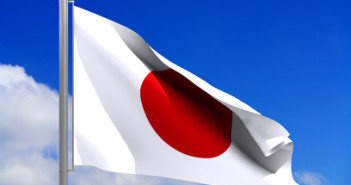If we look only at the inflation numbers in Tokyo for April, we can say that the 2% was certainly achieved by the BOJ. However, this leap is only thanks to the hike of the sales tax in Japan, from 5% to 8%, and it actually came out below expectations.
If this enough to trigger more action from the BOJ and weaken the yen? Not so fast, but after a full year of the massive QE blitz, the results could have been better. If the level of inflation rises only at this pace, we can certainly expect more action later in the year.
Tokyo, Japan’s capital, released inflation numbers for April, when the hike occurred. Headline CPI jumped 2.9% year over year after 1.3% in March. Tokyo CPI without food and energy rose 2% after only 0.4% beforehand and the Tokyo CPI excluding fresh food rose 2.7%, below expectations for a rise of 2.8%. This is the miss.
The national figures are for the month of March. Also here, the critical ex-fresh food figure remained at 1.3% and did not advance to 1.4% as expected. So even before the hike, Japan’s consumers did not really storm the stores. Headline national CPI for March rose to 1.6%.
And now, with the tax raise behind us, we can expect consumption to drop. The value of the yen has been stable against the dollar and the euro recently, with USD/JPY sitting in a comfortable range of 102 to 102.74 during most of the period.
So far, these figures haven’t taken the pair out of range and the BOJ is also reluctant to act. The BOJ’s waiting game will not last forever. As the Bank of Japan convenes quite frequently, we can expect to hear their reaction quite soon: April 30th.
For more, see the USDJPY forecast.



